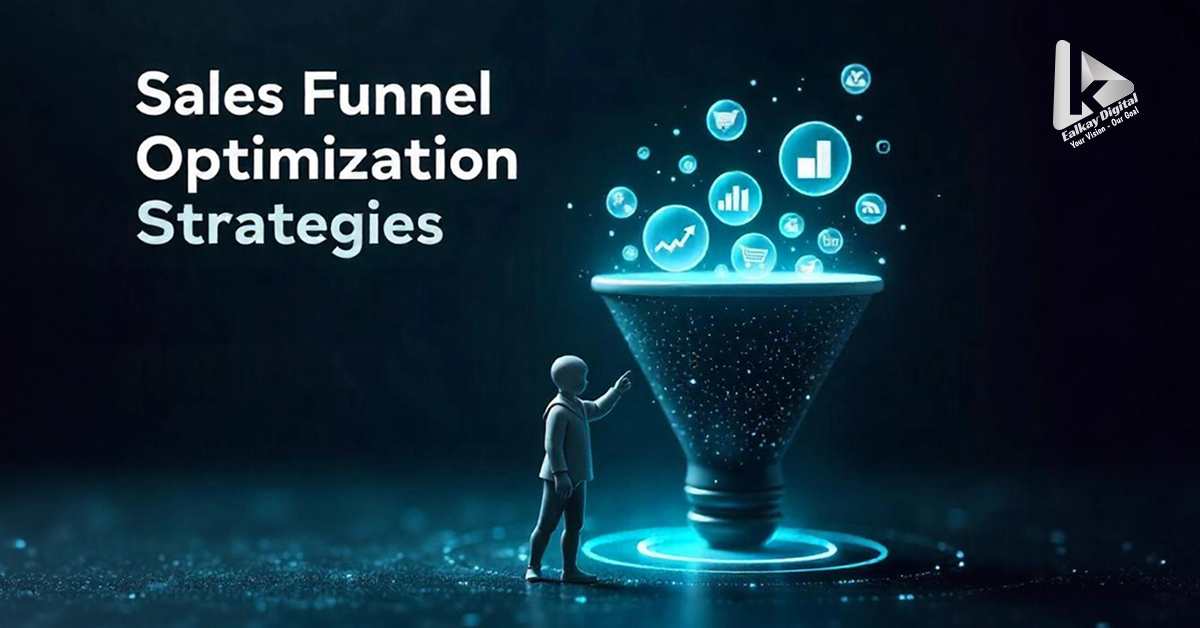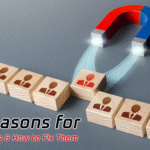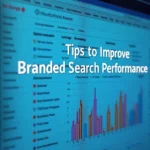
Boost Your Revenue Now with High Sales Funnel Conversion Strategies in 2025
Introduction
Maximizing your sales funnel in a competitive online world is crucial to converting potential leads into lifetime clients. When it comes to online sales funnel, you have to know a prospects stage before purchasing. Improving the conversion at every stage can make it more probable that interest will generate action. It takes a digital marketing strategist, skilled in the optimization of digital marketing funnels and the development of targeted marcom (marketing and communication) strategies, to lead users smoothly through to purchase.
These strategies reduce the friction at each stage of your funnel, adjust in real-time to user behavior and present offers or content that turns visitor into buyers in far less time.
Key Stages of Sales Funnel Conversion in 2025
The stages of the sales funnel enable businesses to gain customers from leads. Businesses can improve their opportunity management by coupling search engine optimization with a strong digital marketing strategy. An experienced sales staff delivers puzzle-solving content at each step to engage the prospective customer properly. This allows you to smoothly move from awareness to decision, and it takes full advantage of your sales funnel capabilities in driving significant growth.
Why Modern Funnels Need Smarter Conversion
Business in 2025 is no longer about blasting one-size-fits-all offers. They want to know what is relevant, they want it fast and they don’t want anything to slow them down. Instead of intelligence-based funnels, dumb ones bleed at every stage — visitors are ghosts at the first click. Smart conversion strategies seal those at least partially with some next-level personalization, behavioral triggers, relationship-building touch points and interactive features. You will lead users subtly but clearly from awareness to purchase, making the most of ROI on each channel.
AI-Driven Personalization
Generic communication is dead. Leverage AI or predictive algorithms to group users by behavior, source, demographics and interests. And then throw in headlines, offers, content blocks, and CTAs dynamically. For returning site visitors, present products previously viewed or tailored deals. This context depth has an impact on engagement and conversion at all stages of the funnel.
Retargeting Ad Funnels
Track user behavior (the pages they visit, their scroll depth, time spent on your site, cart abandonment) and retarget users with ads or content based activity. Leverage dynamic creativity — for example show them the product they viewed. Reference those ads to local landing pages that keep the context alive. This ploy regains momentum when prospects drift.
Smart Landing Pages
Landing pages should be designed to respond to user segments, traffic source and device. Show and hide elements conditionally, test headlines, or send variations by campaign. Minimise forms (the less fields there are, the better). Remove distractions. Add context-aware CTAs. The more “tailored to the visitor” your landing page is, the greater your funnel conversion.
Automated Nurture & Behavior-Based Emails
Collect leads and create emails that respond to the actions those leads take — whether they clicked a link, visited your pricing page, or opened your app. That’ll allow you to use branching logic to make sure each follow-up email is relevant. Add content offers, case studies or incentives. The goal: nudge prospects gently toward a purchase, not just deliver generic “spray and pray” emails.
Chatbots & Conversational Funnels
Incorporate chatbots or conversational agents into your funnel to enable visitors to ask questions, receive product recommendations or even push towards task completions done conversationally (e.g. setting up demos). They can pre-qualify leads, minimize abandon and lead hesitant browsers down the path by whispering in their ear.
Social Proof, UGC
Add customer feedback, video testimonials, star ratings, happy user stories and applicable trust badges. Let real users speak. This lowers risk perception. When visitors see evidence that people, like themselves, converted with success, trust increases and conversion rates go up.
Mobile-First Experience
Most traffic is mobile now. Your checkout needs to be frictionless – autofill, one-tap payments, as few fields as possible, guest checkouts. Responsive design? Check. Fast pages? Check. No popups that block form fields? Yes, we too found a correlation. A little bit of drag or lag can be the death of a conversion. Think of mobile not as “optional” but instead as “the primary.”
Sequencing Strategies
These strategies reinforce each other. For instance:
- Use AI segmentation to feed dynamic landing pages.
- From the landing page, trigger behavior-based email flows.
- Use retargeting ads for users who drop off.
- Chatbots can intervene at decision moments.
- Always back up with social proof and frictionless mobile checkout.
Sequence your tactics deliberately — don’t just sprinkle them. Use analytics to decide which combination works best for your GEO, audience, and niche.
Optimization, Testing & Local (GEO) Tips
- A/B or Multivariate Testing: Continuously test variants of headlines, CTAs, layouts, images to find what works best for your audience.
- Heatmaps & Funnel Analytics: Tools like Hotjar, GA4 funnel paths, or session replays show where people drop off.
- GEO Cues & Localization: Incorporate location names (“in [City]”, “near me”) or local cultural signals to appeal to regional searchers.
- Schema & Structured Data: Use FAQ, HowTo, Product schema so AI engines (Google SGE, Bing chat) can extract your content.
- Review & Iterate Frequently: Conversion rates degrade over time — retest and optimize every few weeks.
Conclusion
The sales funnel in 2025 As digital ecosystems continue to become more intricate, the framework your sales funnel will operate under in 2025 needs to grow and adapt, or be left behind. The best ones — AI-powered personalization, intelligent landing pages, behavioral -triggers-based marketing, chatbots with a bite, mobile-first checkout and social proof — are how you plug leaks, raise engagement levels and transform those potential leads into paying customers. Don’t try everything at one time — choose a couple, test and scale what works — and watch your funnel transform into an asset you can rely on for sustainable growth.
Frequently Asked Questions (FAQs)
1: Which single strategy yields the fastest lift?
AI-driven personalization and behavioral retargeting often deliver quick wins by directly increasing relevance and recapturing intent.
2: Can small businesses use these tactics effectively?
Yes — many tactics scale down. Use simple chatbots, localized landing pages, and basic email flows to start and build from there.
3: How long before I see improved conversion?
You may see small gains in days (e.g. from retargeting or email tweaks), but broader structural changes often require weeks to optimize fully.
4: How often should I test or revise my funnel?
Monthly or quarterly is a good cadence. Every change degrades over time, so continuous testing ensures you stay ahead.
5: Do I need expensive tools or platforms?
No. You can begin with affordable tools or plugins. Many automation platforms, chatbots, or A/B tools have entry-level plans suited for small-to-mid budgets.




